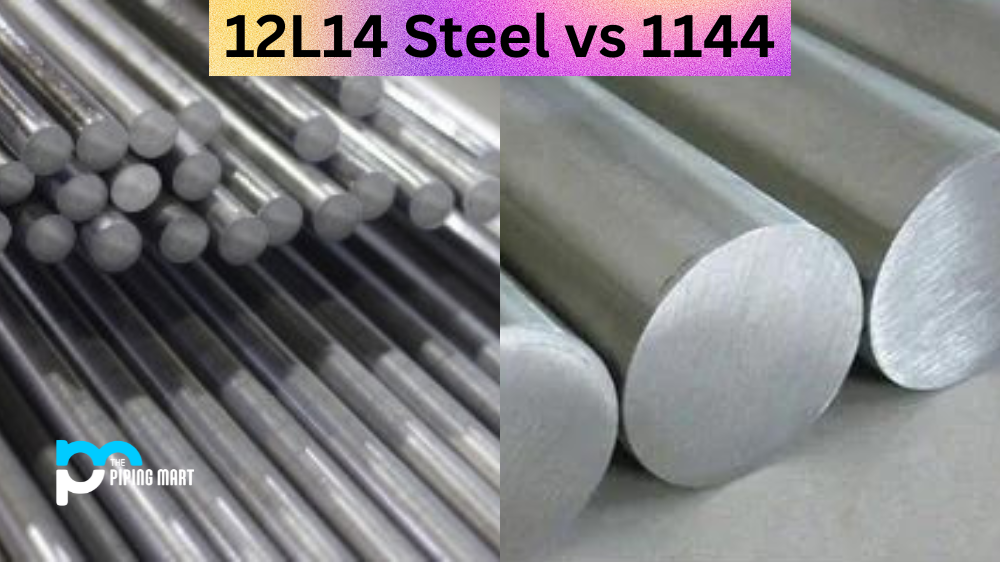Alloy C276 and Hastelloy C276 are metals often used in industrial applications. But what is the difference between them? In this blog post, we’ll break down the differences between alloy c276 and hastelloy c276 so you can decide which one is right for your project.
Difference Between Alloy C276 and Hastelloy C276
Alloy C276, also known as Hastelloy C276, is a type of metal that is renowned for its immense strength and high corrosion resistance. It is made up of nickel, molybdenum, chromium, and tungsten elements combined in the right proportions, allowing it to be strong enough for use in various applications in industries ranging from chemical to aerospace. Perhaps most importantly, Alloy C276 has superior weldability compared to other high-temperature alloys due to its good ferrite-austenite balance. As a result, it has become an ideal choice for manufacturing components that come into contact with aggressive industrial environments or where thermal fatigue concerns are present.
Composition
The first difference between alloy c276 and hastelloy c276 is their composition. Alloy c276 contains a combination of chromium, nickel, molybdenum, manganese, iron, titanium, copper, silicon, aluminum, carbon and cobalt. On the other hand, hastelloy c276 contains chromium, molybdenum, nickel and tungsten as its primary elements. Both alloys also have trace amounts of sulfur, phosphorus and nitrogen.
Temperature Tolerance
The second difference between alloy c276 and hastelloy c 276 is their temperature tolerance. Alloy c 276 has a maximum operating temperature of 816°C, while hastelloy c 276 has a higher maximum operating temperature of 982°C (1800°F). This makes it more suitable for applications where high temperatures are expected.
Corrosion Resistance
The third difference between alloy c 276 and hastelloyc 276 is their corrosion resistance. Both alloys are highly resistant to corrosion in both acidic environments as well as seawater environments due to the presence of chromium in their composition. However, alloy c 276 has better resistance to stress corrosion cracking than hastelloyc 276 due to its higher nickel content. This makes it more suitable for applications with uncontrolled stresses or vibration forces acting on the material.
Conclusion:
In conclusion, alloy c 276 and hastelloyc 276 have many similarities, but some key differences should be considered when selecting the suitable material for your project. It’s essential to consider the composition, temperature tolerance and corrosion resistance when deciding which material suits your application needs. If you need further help selecting the suitable material for your project, feel free to contact an expert at Metric Marketing today! We would be happy to assist you with finding the perfect solution for your needs!

A passionate metal industry expert and blogger. With over 5 years of experience in the field, Palak brings a wealth of knowledge and insight to her writing. Whether discussing the latest trends in the metal industry or sharing tips, she is dedicated to helping others succeed in the metal industry.




